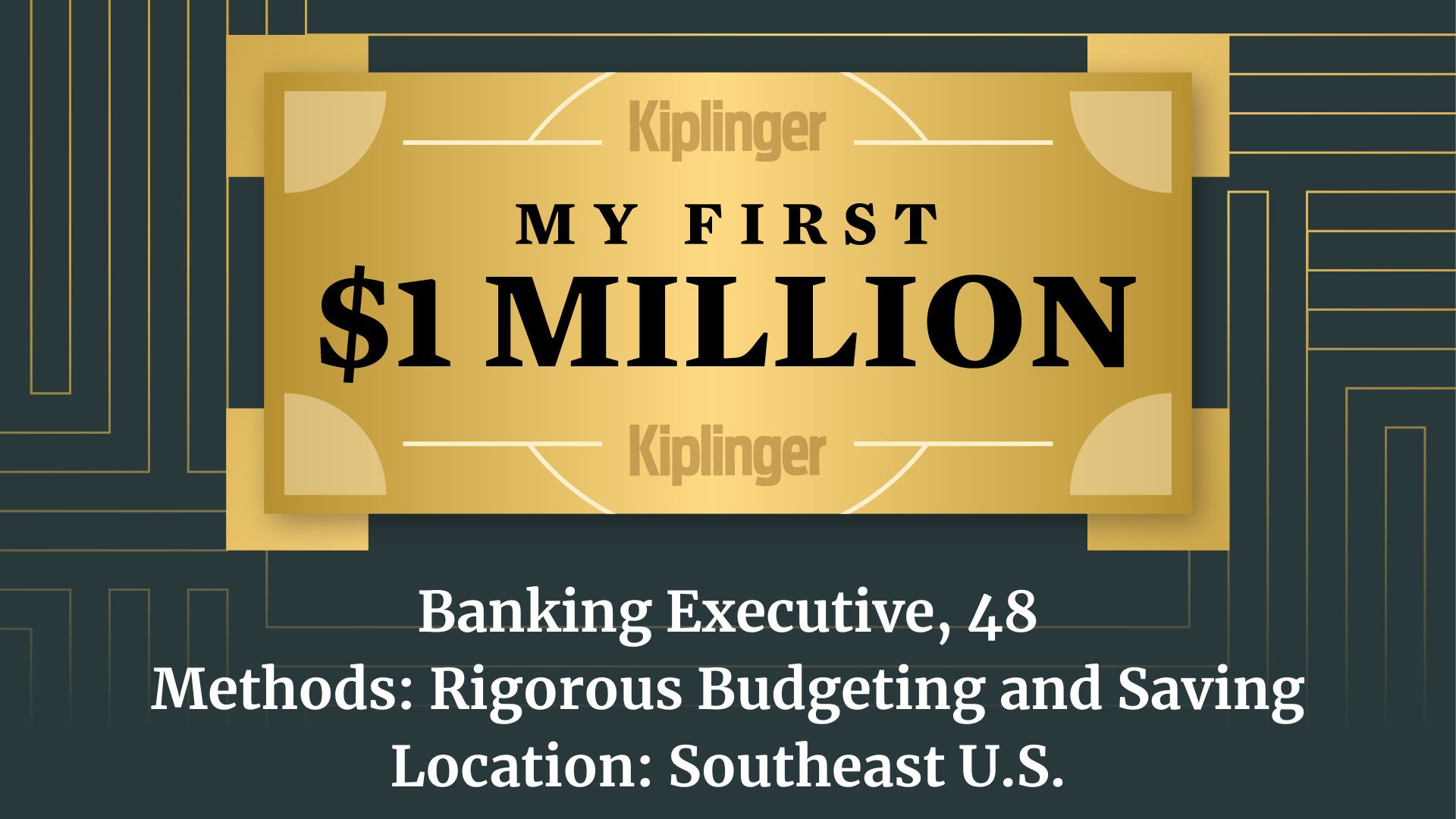IPOs Are Back
Now is a good time to consider initial stock offerings.
The 2008 financial crisis put initial public offerings into a seven-month coma. But IPOs started to perk up in the second quarter of 2009. Barring more shocks to the financial sector, the 2010 market could be positively robust.
Only 47 companies went public in 2009 through early November. That’s a far cry from the 200-plus offerings at the height of the last bull market, but the falloff is good for investors. “The best times to be looking at IPOs are when markets are more subdued,” says Kathy Smith, principal at Renaissance Capital.
That’s because companies must have solid businesses and offer attractively priced stocks to entice investors. Duoyuan Global Water had a June offering price of $16, which was 11 times the $1.45 per share analysts expect the company to earn in 2010. The stock was up 80% recently.
From just $107.88 $24.99 for Kiplinger Personal Finance
Become a smarter, better informed investor. Subscribe from just $107.88 $24.99, plus get up to 4 Special Issues

Sign up for Kiplinger’s Free Newsletters
Profit and prosper with the best of expert advice on investing, taxes, retirement, personal finance and more - straight to your e-mail.
Profit and prosper with the best of expert advice - straight to your e-mail.
More companies are waiting in the wings. Birds Eye Foods, a frozen-food manufacturer, and NewEgg.com, an online-only electronics retailer, are among the nearly 60 companies that filed to go public in 2009 but have yet to take their shares to market.
You have several ways to play IPOs. Online brokers, such as Charles Schwab, Fidelity and TD Ameritrade, offer select customers the opportunity to purchase IPO shares before they go public. Otherwise, you can buy a stock after its debut. Stick to companies with at least $50 million in annual sales and whose initial offering is $25 million or more. If you don’t want to gamble on individual stocks, consider First Trust U.S. IPO Index (symbol FPX). The exchange-traded fund, which holds new and recent IPO stocks, returned 36% for the year through November 6, beating Standard & Poor’s 500-stock index by 15 percentage points.
Profit and prosper with the best of Kiplinger's advice on investing, taxes, retirement, personal finance and much more. Delivered daily. Enter your email in the box and click Sign Me Up.
-
 How to Safely Open an Online Savings Account
How to Safely Open an Online Savings AccountOnline banks offer generous APYs that most brick-and-mortar banks can't match. If you want to make the switch to online but have been hesitant, I'll show you how to do it safely.
-
 7 Ways to Age Gracefully Like the Best Stock Photo Seniors
7 Ways to Age Gracefully Like the Best Stock Photo SeniorsAs a retirement editor, I've gleaned valuable wisdom (and a lot of laughs) from one older couple that tops the seniors' stock photo charts.
-
 My First $1 Million: Banking Executive, 48, Southeast U.S.
My First $1 Million: Banking Executive, 48, Southeast U.S.Ever wonder how someone who's made a million dollars or more did it? Kiplinger's My First $1 Million series uncovers the answers.
-
 Best Banks for High-Net-Worth Clients
Best Banks for High-Net-Worth Clientswealth management These banks welcome customers who keep high balances in deposit and investment accounts, showering them with fee breaks and access to financial-planning services.
-
 Stock Market Holidays in 2025 and 2026: NYSE, NASDAQ and Wall Street Holidays
Stock Market Holidays in 2025 and 2026: NYSE, NASDAQ and Wall Street HolidaysMarkets When are the stock market holidays? Here, we look at which days the NYSE, Nasdaq and bond markets are off in 2025 and 2026.
-
 Stock Market Trading Hours: What Time Is the Stock Market Open Today?
Stock Market Trading Hours: What Time Is the Stock Market Open Today?Markets When does the market open? While the stock market has regular hours, trading doesn't necessarily stop when the major exchanges close.
-
 Bogleheads Stay the Course
Bogleheads Stay the CourseBears and market volatility don’t scare these die-hard Vanguard investors.
-
 The Current I-Bond Rate Is Mildly Attractive. Here's Why.
The Current I-Bond Rate Is Mildly Attractive. Here's Why.Investing for Income The current I-bond rate is active until April 2026 and presents an attractive value, if not as attractive as in the recent past.
-
 What Are I-Bonds? Inflation Made Them Popular. What Now?
What Are I-Bonds? Inflation Made Them Popular. What Now?savings bonds Inflation has made Series I savings bonds, known as I-bonds, enormously popular with risk-averse investors. How do they work?
-
 This New Sustainable ETF’s Pitch? Give Back Profits.
This New Sustainable ETF’s Pitch? Give Back Profits.investing Newday’s ETF partners with UNICEF and other groups.
-
 As the Market Falls, New Retirees Need a Plan
As the Market Falls, New Retirees Need a Planretirement If you’re in the early stages of your retirement, you’re likely in a rough spot watching your portfolio shrink. We have some strategies to make the best of things.